Compared to last week, Western Canadian feeder cattle markets traded $2 to as much as $5 lower. Feedlot margins have come under pressure over the past week which resulted in lower bids for all weight categories. Alberta and Saskatchewan feedlot inventories are running 18 to 20 per cent above year-ago levels. Pen space is at […] Read more
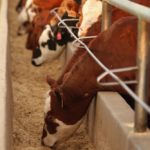
Klassen: Feeder cattle demand softens
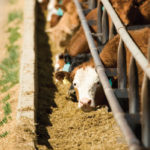
Feeder cattle market responding to feed grain complex
Market Talk with Jerry Klassen
I’ve received many inquiries with regard to the market outlook for feeder cattle. Western Canadian yearling and calf prices have been trading near 52-week highs and cow-calf operators are wondering if prices will continue to percolate higher during the fall period. The feeder market is a pure competitive market; therefore, feedlots usually bid up the […] Read more
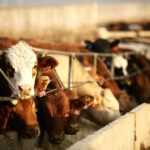
Klassen: Feeder cattle market volatility continues
Compared to last week, Western Canadian yearlings sold $4 to $6 lower while calves were extremely variable dropping $4 to as much as $10 in some cases. Many auction barns held feature sales last week and larger supplies weighed on the market. Weakness in the deferred live cattle futures also contributed to the softer tone. Feeder […] Read more
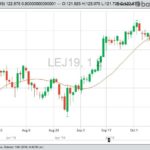
Klassen: Stronger demand supports feeder market
Western Canadian feeder cattle markets jumped $2-$5 last week, after adverse weather caused buyers to shy away earlier in October. Major feedlot operators were very aggressive on quality yearling packages and heavier weaned vaccinated calves. Many operations have limited ownership at this time of year because wet, cold weather conditions delayed purchases. The market appeared […] Read more
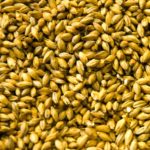
Feed grain update
Market Talk with Jerry Klassen
Western Canadian barley prices have been percolating higher throughout the harvest period. At the time of writing this article, Lethbridge-area feedlots were making barley purchases in the range of $245/mt to $260/mt delivered while central Alberta operations were showing bids from $235/mt to $245/mt. It’s important to realize that prices are about $60/mt above year-ago […] Read more
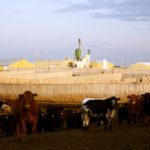
Klassen: Feeder market softens on adverse weather
Compared to last week, western Canadian feeder cattle prices were quite variable due to adverse weather. Rain and snow plagued much of the Prairies, which dictated buying behaviour. Yearlings traded within $5 on either side of unchanged; major feedlots focused on local cattle, which caused the Alberta markets to trade at a small premium to […] Read more
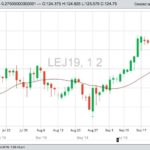
Klassen: Improving margins underpin feeder market
Compared to last week, western Canadian yearlings advanced $2-$5 while calves were unchanged to $3 higher. April live cattle futures are in a bull market; I’ve had many calls from producers and all I tell them is that April live cattle futures are in a bull market. Just as important, a market will not culminate […] Read more

Klassen: Feeder cattle market holding value
Compared to last week, western Canadian yearling prices were steady to as much as $4 higher while calf values traded within $5 on either side of unchanged. Current feedlot margins are hovering around break-even, but profitability will improve during October and November, given the recent strength in the deferred live cattle futures. Therefore, short-keep feeders […] Read more

Klassen: Feeder market eyes April live cattle futures
Compared to last week, western Canadian feeder cattle markets traded steady to $3 higher. Strength in the deferred live cattle futures, particularly the April contract, spilt over into the cash feeder market. Limited supplies of yearlings also contributed to the firmer tone. Feedlots have been patiently securing heavier replacements, but we’re now on the home […] Read more

Feeder cattle outlook
Market Talk with Jerry Klassen
It’s that time of year when I receive many calls from cow-calf producers and backgrounding operators inquiring about the feeder cattle market outlook for the fall and winter. Yearling prices have been quite strong throughout the summer and the deferred live cattle futures are reflecting slightly higher prices in September and October. Prices for calves […] Read more


